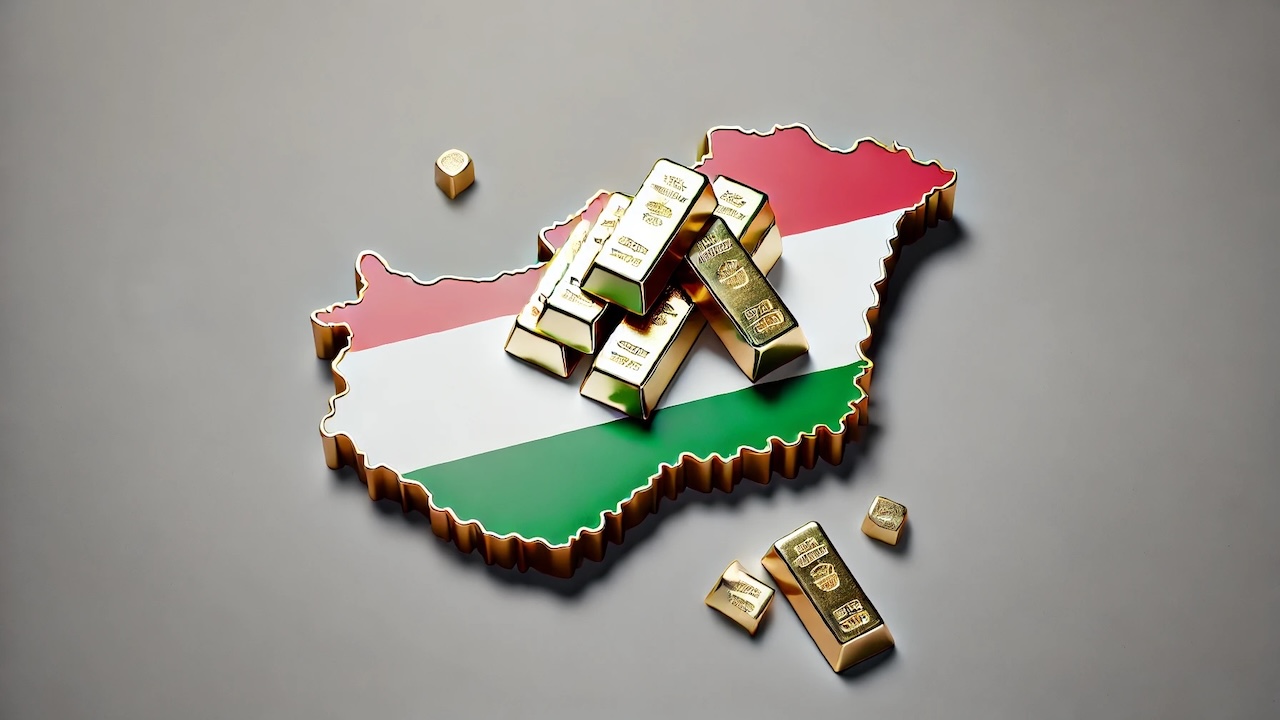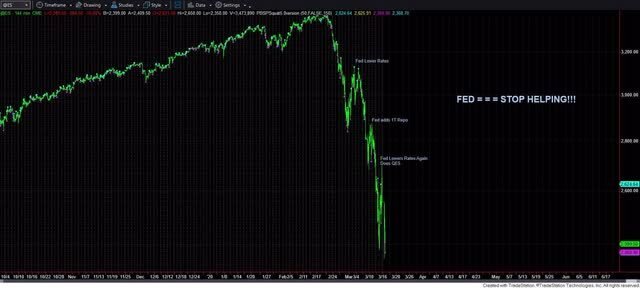The Hungarian National Bank has joined the growing number of central banks globally, increasing their gold reserves.
In a recent press release, Hungary’s central bank announced it has increased its gold holdings from 94.5 tons to 110 tons this year.
“The increase in the gold reserve was supported by the further strengthening of the global economic, geopolitical, and capital market processes that led to the appreciation of the role of gold in recent years.”
According to the press release, the Hungarian bank now has the highest gold reserves per capita in Central and Eastern Europe.
The bank’s statement called gold “one of the most important global reserve assets.”
“Amidst the increasing uncertainty characteristic of the world economy as a whole, the function of gold as a safe haven and value preserver is of particular importance because it strengthens trust in the country and supports financial stability.”
The press release emphasized gold “effectively compliments” reserves even under normal market conditions. When geopolitical and financial uncertainty rises, and the market environment becomes extreme, “the function of gold as a safe haven and value preserver is of particular importance.”
“It can strengthen trust in the country and support financial stability.”
Hungary began boosting its gold reserves in 2018, tripling its holdings from around 10 tons to 31.5. It increased its gold reserves again in 2021, pushing them to 94.5 tons.
Hungary isn’t the only Eastern European bank interested in gold. Poland was the biggest central bank buyer in the second quarter of 2024 after adding 130 tons to its reserves in 2023.
In 2021, National Bank of Poland Governor Adam Glapiński announced a plan to expand the country’s gold reserves by 100 tons. The central bank reached that goal in September of ’23 and kept buying.
When he announced the initial plan to expand its gold reserves, Glapiński said holding gold was a matter of financial security and stability.
“Gold will retain its value even when someone cuts off the power to the global financial system, destroying traditional assets based on electronic accounting records. Of course, we do not assume that this will happen. But as the saying goes – forewarned is always insured.
“And the central bank is required to be prepared for even the most unfavorable circumstances. That is why we see a special place for gold in our foreign exchange management process.”
Glapiński also pointed out that “Gold is free from credit risk and cannot be devalued by any country’s economic policy. Besides, it is extremely durable, virtually indestructible.”
Back in 2021, Glapiński also hinted that worry about the U.S. dollar’s stability was driving the decision to increase the country’s gold reserves.
“Gold is characterized by a relatively low correlation with the main asset classes – especially the US dollar dominating the NBP reserve portfolio – which means that including gold in the reserves reduces the financial risk in the process of investing them.”
Central banks globally added a net 483 tons of gold through the first six months of the year, 5 percent above the record of 460 tons in H1 2023.
Last year, central bank gold buying fell just 45 tons short of 2022’s multi-decade record.
According to the World Gold Council, central banks net gold purchases totaled 1,037 tons in 2023. It was the second straight year central banks added more than 1,000 tons to their total reserves.
Central bank gold buying in 2023 built on the prior record year. Total central bank gold buying in 2022 came in at 1,136 tons. It was the highest level of net purchases on record dating back to 1950, including since the suspension of dollar convertibility into gold in 1971.
China was the biggest buyer in 2023.
Read the full article here












Leave a Reply